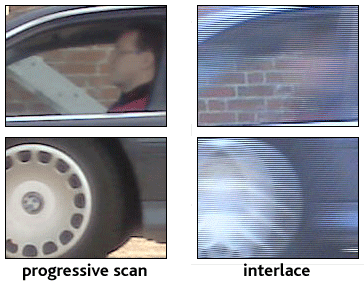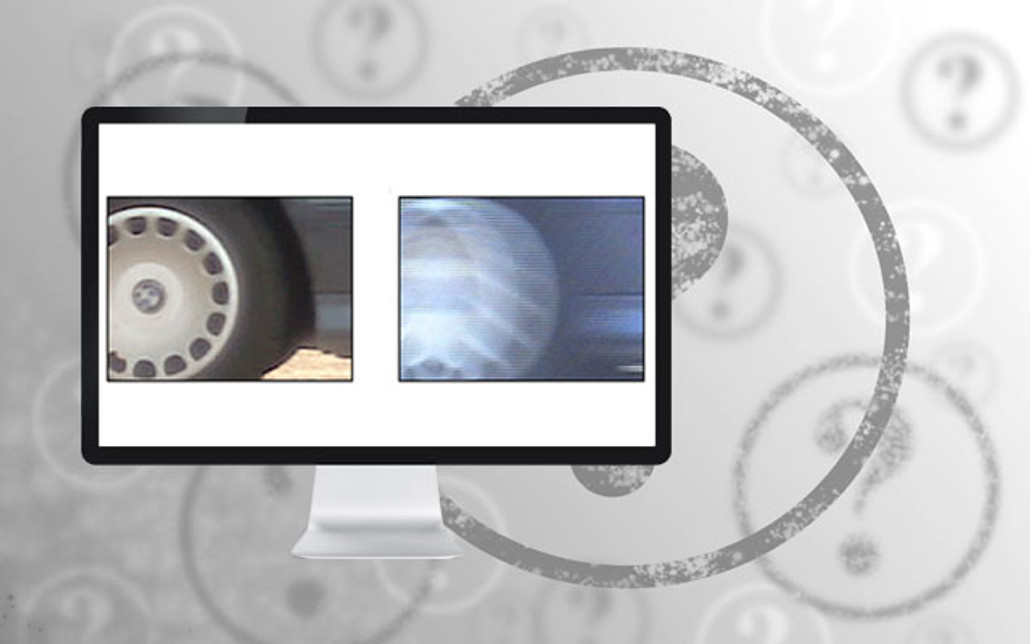Progressive scan is a technology associated with an IP camera's imaging sensor and is used when transmitting, displaying or storing moving images.
Traditionally, the scanning method used in the majority of video signal formats has been interlaced, and used in such devices as analogue CCTV cameras, some CRT-based computer monitors and standard-definition televisions. Originally this was introduced as a way to overcome the bandwidth limitations of analogue broadcast infrastructure such as our NTSC or PAL SDTV signals.
What does interlace mean?
Interlace technology works by scanning only half an image in any given frame with each half known as a 'field'. For example, on the first pass, it will scan odd-numbered lines in the image (1,3,5...525) and on the second pass, it will scan the even numbers (2,4,6...524). It does this very quickly so the human eye is tricked into thinking there is a complete picture. However, due to the nature of the way interlace scanning displays one-half frame with each scan, it is prone to tearing, blurring and will generally give reduced image quality compared to progressive scanning.
What is progressive scanning?
Progressive scan works differently. All vertical lines of the image are displayed in full on every frame instead of being split into separate fields. The main benefit of this lies in the clarity of the image, especially when a subject is moving within the scene. Using a progressive scan imaging sensor reduces the effect of tearing and motion blurring you would find with traditional interlace technologies such as analogue CCTV cameras. This makes IP cameras with progressive scan ideal for security applications and, as can be seen in the example below, when you pause your security recordings the images of moving subjects will appear clearer using a progressive scan device:
Progressive vs Interlaced Scanning




